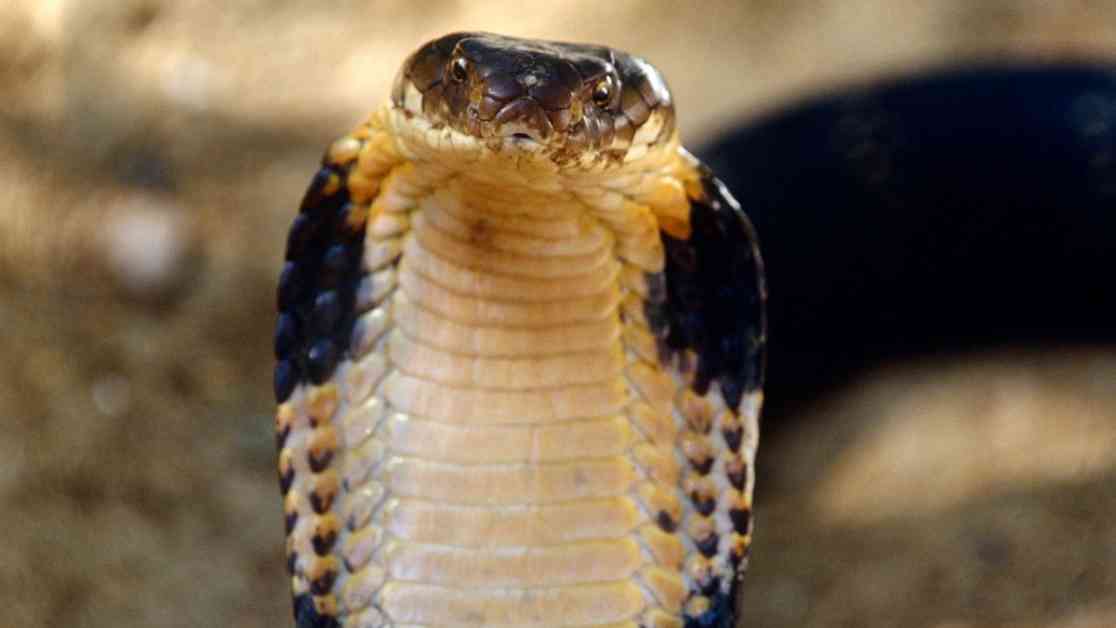Scientists have recently made an exciting discovery about the king cobra, the world’s longest venomous snake. For almost two centuries, the king cobra was thought to be a single species known as Ophiophagus hannah. However, due to significant variations in body color and other physical characteristics among different populations, researchers began to question whether this was accurate.
In a study published in 2021, scientists confirmed genetic differences among various king cobra populations. Building on this research, they have now identified four distinct species of king cobras. These include the Northern king cobra, the Sunda king cobra, the Western Ghats king cobra, and the Luzon king cobra. This groundbreaking finding was published in the European Journal of Taxonomy.
The Northern king cobra, also known as O. hannah, is found in the sub-Himalayas, eastern India, Myanmar, Indochina, and parts of Thailand. They typically have dark-edged yellow bands and between 18 to 21 teeth. On the other hand, the Sunda king cobra, or O. bungarus, inhabits the Malay Peninsula, Sumatra, Borneo, Java, and Mindoro in the Philippines. These snakes are usually unbanded or have narrow, pale bands with dark edges.
The Western Ghats king cobra, known as O. kaalinga, is limited to the Western Ghats of the Indian Peninsula. They differ from the Sunda king cobra in that they lack dark edges around the pale bands along their bodies. Lastly, the Luzon king cobra, or O. salvatana, can be found on the island of Luzon in the northern Philippines. They have angular pale body bands that distinguish them from the other species.
All of these king cobra species are venomous, with the ability to deliver a fatal dose of venom in a single bite. The study suggests that this new classification could help in developing improved antivenom to treat king cobra bites in their respective regions.
Gowri Shankar Pogiri, the study’s lead author, believes that there may be more undiscovered king cobra species on small islands that were not included in the research. He mentioned that further studies are already underway to explore this possibility. This discovery marks a significant moment in the understanding of these majestic and deadly creatures that inhabit various regions across Asia.










